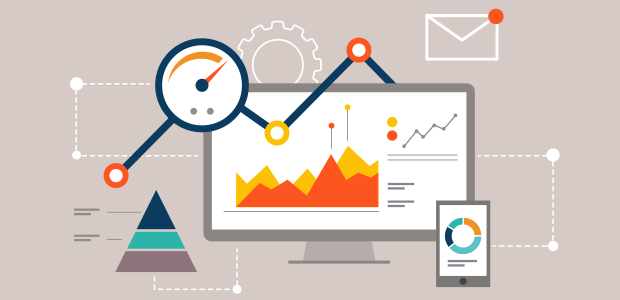Mobile App Statistics You Need To Know For 2020



As we look back on the decade, I think we can all agree that technology has grown at a torrid pace since 2010. We are at the forefront of the smart device era and we know this to be true because you are probably reading this on a smart device right now. Nowadays a mobile app is just as, if not more, useful than a website is for your business. Some of us have apps to play games for entertainment, some of us have apps to help us communicate at work like Slack, and some of us have the Chipotle app for obvious reasons (I’m the latter).
As we welcome in the second edition of the roaring twenties, a full Millennium after the original, the public’s attention shift to mobile and smart devices will only continue to grow. So we’ve listed some statistics to help you forecast growth for your mobile app or help you launch your first app in 2020.
Mobile App Statistics
Total Downloads
Downloads can be a misleading metric in terms of gauging individual success, we’ll get to that, however it can be an encouraging metric when looking at how many apps in total are getting downloaded from app stores. Over the last 4 years, that number has steadily increased. Statista reports almost a 30 Billion app download increase year to year. 2016 saw 143.7 Billion, 2017 saw 178.1 Billion, and 2018 saw 194 Billion. Those numbers include the Apple App Store, Google Play Store, and third-party Android stores.
The steady increase in overall downloads is encouraging to ANYONE who has or wants to launch an app. As more and more apps get consumed by the public there is more opportunity for your app to shine. The numbers are only expected to increase as well.
Time Spent
When we use our smart devices, we’re usually using an app. In fact, In 2017 it was estimated that we will spend 2:15 (2:15) just using apps. In 2019 it is estimated that the average US adult spends 3 hours and 43 minutes a day on their smartphones. That’s a lot of time spent no matter how you look at it. As you can tell, we are slowly spending more and more time on our smartphones. This makes creating an app all that more important for your business. This is important because app stores are crowded and a hard place to stand out in. But as time spent on apps increases, the more opportunity there is.
In addition to overall time being spent on smart devices and subsequently apps, most people spend their time mostly on 3 different apps. 77% of there time to be exact. Overall 96% of people’s time is spent on their top 10 most-used apps and the average person uses 25 different apps a month. This provides valuable insights to understand consumer behavior. Depending on what the main goal of your app is, generating data, transacting, etc, you may want to consider how realistic your chances are of gaining your target audiences already crowded attention span. You may want to reconsider what functions your app will offer or how much overall value you will give your users in order to keep them from downloading then deleting.
Retention Rate
One thing that every app publisher want’s to avoid if a high percentage of “download and deletes”. A lot of apps get downloaded and are used once, but ultimately get deleted. 21%, as a matter of fact, get deleted after just one use. That’s 1 out of 5 downloads (am I a mathematician yet?). To better judge overall success, retention rate and monthly active users are the KPIs you should be looking at. As mentioned above, you can help keep these metrics high by offering as much value as possible to your users. Free shipping, flash sales, app-only offers, or free guacamole on your next burrito (speaking it into existence). Other than promotions you can also send notifications to grab user’s attention. Maybe a new blog post or publication they are interested in, a funny joke, or a “haven’t seen you in a while” update. No matter what it is, you must provide value in one way or another.
Google VS Apple
As most of the big tech verticles are, the app industry is dominated by Google and Apple. Goole has its Google Play Store and Apple has the App Store. Both are obviously great places to have your app, but it’s important to know which categories of apps do better in each store. After all, we all know that Android users and iOS users are completely different. Are your text messages blue or green?
Top Google Play Store categories are:
Top Apple App Store categories are:
The Games category dominates both stores but there is a very big different depending on the store. Google’s game apps are about 14% of total apps, 5% higher from the second-largest category. Apple’s game category apps, on the other hand, are about 22% of total apps. A full 12% higher than the second-largest category. Business, education, and lifestyle round out the top 4 in both stores right around the same numbers.
The takeaway here is depending on your app you ultimately want to decide which store your app may have better visibility in. You will most likely launch your app in both, but it is important to note which marketplace you can have a better chance of being discovered in.
Conclusion
While the mobile app industry has been and will continue to be competitive, the industry is growing. As smart device usage increases so will mobile app usage. 2020 is fast approaching and regardless if your app is already out to the public or you still planning your launch, we hope these stats will help bring your continued success!